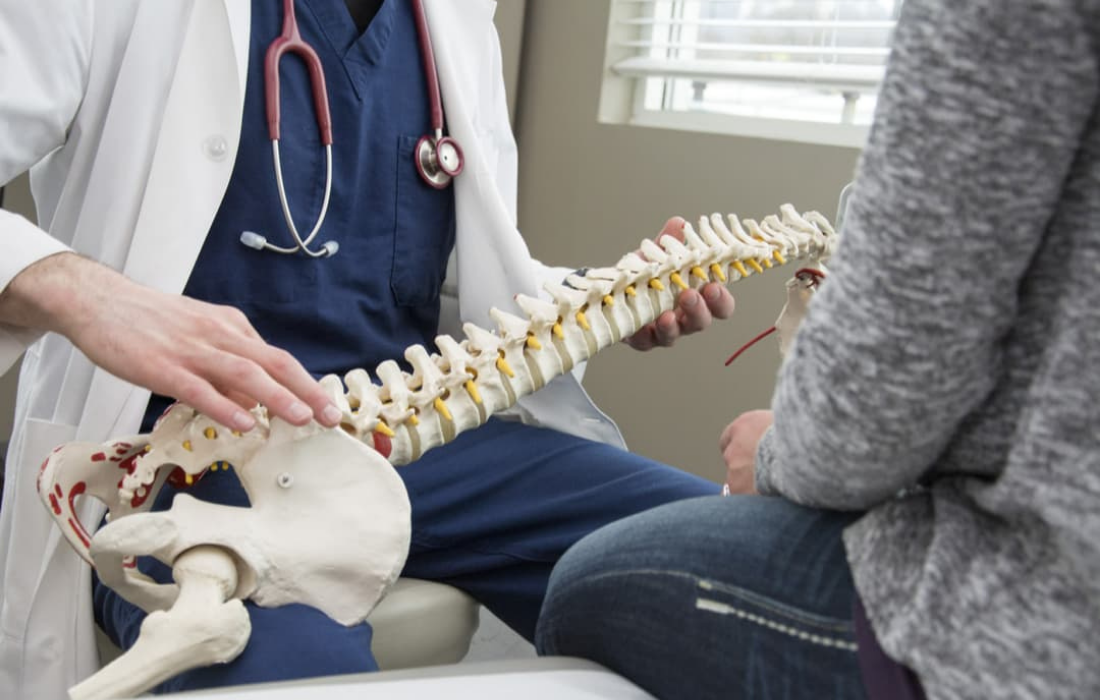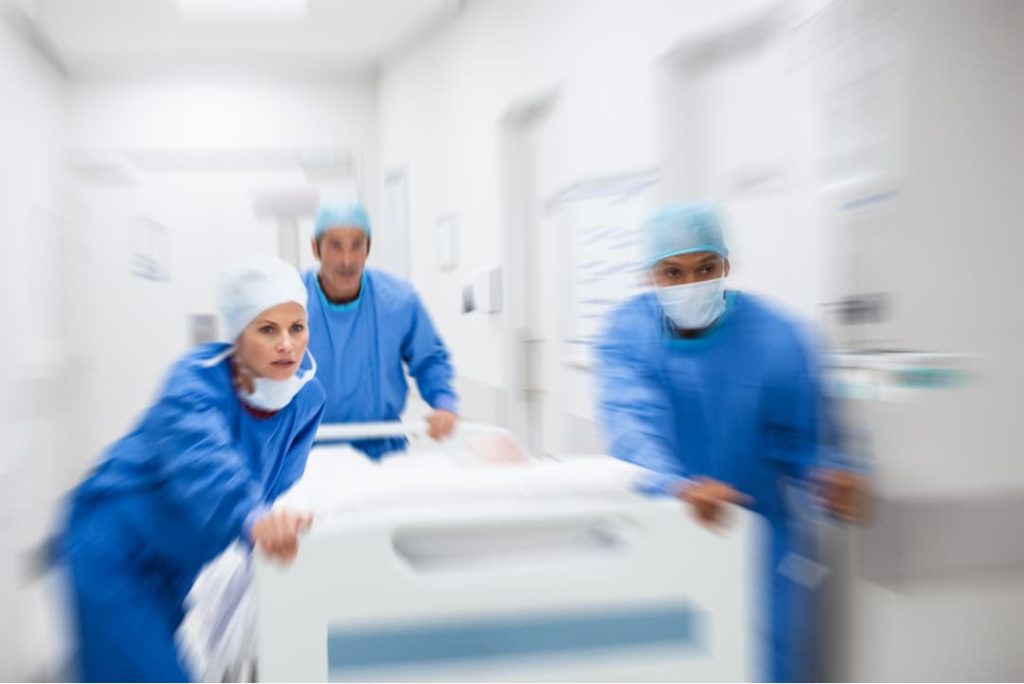Three Signs You Need Back Surgery

Back pain can seem like the end of the world when you’re suffering, but it’s not. There’s almost always a solution. Believe it or not, sometimes the simplest solution is to wait. The majority of back pain episodes go away by themselves after a few days or weeks.
Except when they don’t.
Even as back pain moves from acute to subacute to chronic, there are conservative, nonsurgical treatment options available for almost every cause. However, it can be difficult to know when surgery is the best option and when back pain can be treated without operating.
At University Orthopaedic Associates, your journey to ending back pain will begin with one of our interventional physiatrists. Dr. Pavli Demian, Dr. Tony George and Dr. Robert Pannullo are experts at diagnosing the cause of back pain and providing nonsurgical solutions. They’ll either be able to treat your back pain themselves using the latest nonsurgical techniques, or refer you to one of our world-class spine surgeons.
So when is back surgery necessary? Here are some signs you need back surgery.
The Pain Doesn’t Go Away
Between 75 and 90 percent of acute low back pain cases resolve themselves within a month, according to a study in Journal of General Internal Medicine. That may sound like good news for people with back pain, but it’s cold comfort when you’re two weeks in and there’s likely at least two more weeks to go.
There’s no need to simply wait it out, as there are a number of treatments to try in the acute stage of back pain. These can include:
- Physical therapy
- Nonsteroidal anti-inflammatory drugs (NSAIDs)
- Corticosteroid injections
- Epidural nerve blocks
- Lifestyle changes such as losing weight or quitting smoking
- Radiofrequency ablation
If these conservative options have not been able to reduce or remove the pain after about a month, it may be time to consult with a spine surgeon.
Pain Radiates to the Arms and Legs
Radiating pain, also known as radiculopathy, is often an indication that there is pressure on a nerve root in the spine. In these cases, surgery can be very helpful.
Two of the most common causes of radiculopathy are herniated discs and bone spurs. Each vertebra in the spine houses a shock-absorbing disc with a tough, fibrous outer layer and a soft, jellylike inner layer. Herniation is when the inner layer pushes out through the outer layer. If this herniation then presses on a nerve root, pain can radiate to whichever area of the body that nerve serves.
Bone spurs, on the other hand, are formed as a consequence of osteoarthritis of the spine. Osteoarthritis is the wearing down of the articular cartilage that allows bones in a joint to glide smoothly together. In spinal joints—known as facet joints—this cartilage wears away and creates bone-on-bone contact, which can cause the formation of these bone spurs, also known as osteophytes. The bone spurs may then crowd the spinal cord or nerve roots, leading to pressure on the nerve and radiculopathy.
In most cases, nonoperative treatment is usually tried before surgery even in cases of radiculopathy. However, surgery to treat radiculopathy is particularly effective. Most procedures are aimed at either removing the source of the pressure on the nerves, such as a discectomy, or giving the spinal canal more room, such as in a laminectomy.
It’s an Emergency
Many times, surgery for back pain is not immediately necessary. Surgeons will often advise a patient to wait out the pain to see if it goes away on its own or with nonsurgical treatment. Sometimes, however, back pain is an emergency and the patient needs surgery right away.
Emergencies can arise from acute events and trauma like a car accident, or from a chronic condition that has remained untreated and has developed into an emergency. Cauda equina syndrome is one such case.
Cauda equina is caused by severe, longstanding compression of nerves in the lower (lumbar) spine, trauma to the lumbar spine, infection or tumor. Symptoms include:
- Abrupt loss of bladder or bowel control
- Severe lower back pain
- Severe weakness or numbness of the lower body
- Sexual dysfunction
Cauda equina syndrome can lead to permanent paralysis. Emergency surgery is necessary.
If you have back pain, request an appointment with our interventional physiatrist to evaluate the cause of your pain and recommend a treatment plan that works for you, which may include conservative pain management or surgery.



